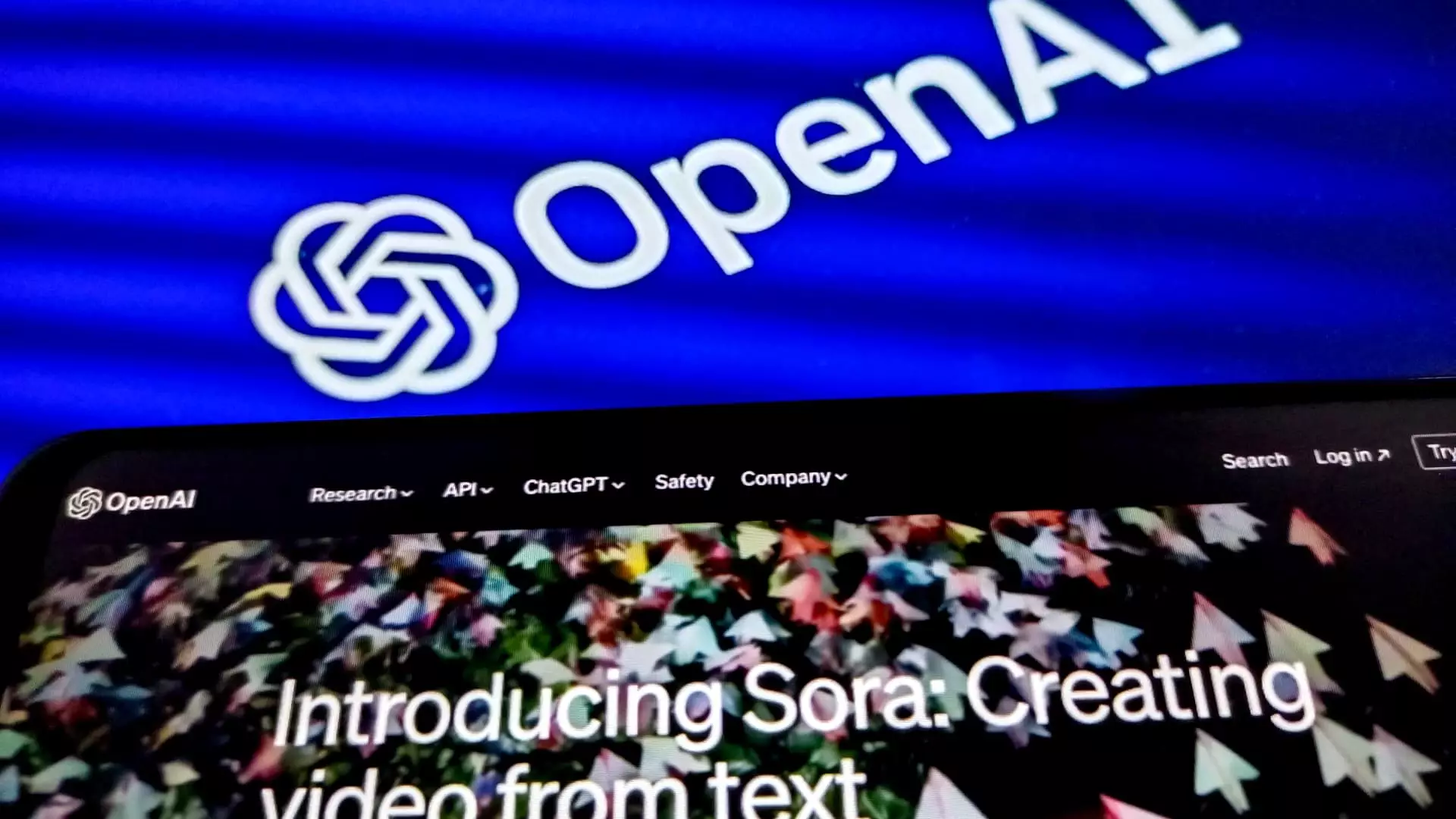OpenAI, renowned for its revolutionary advances in artificial intelligence, is currently navigating turbulent waters characterized by significant leadership changes. With the recent departures of key executives, including Chief Technology Officer Mira Murati, the company’s Chief Financial Officer Sarah Friar is stepping in to assure investors of the organization’s resilience and positive trajectory. This article delves into the implications of these changes, the ongoing funding efforts, and the strategic goals that will shape the future of OpenAI.
The recent exits of prominent figures within OpenAI, particularly Mira Murati, have raised eyebrows and sparked concerns among investors. Murati’s departure follows a rather tumultuous period within the company, where she briefly held the position of interim CEO after Sam Altman was unjustly ousted, only to return when Altman was reinstated. This cycle of instability certainly casts a shadow over the company’s operational cohesion. As a leader, Friar is tasked with reassuring stakeholders that despite these departures, OpenAI has a robust leadership team in place that is equipped to drive the company forward.
The shake-up, however, isn’t limited to Murati alone; other high-profile exits, including co-founder Ilya Sutskever and chief of safety Jan Leike, signal a possible trend of volatility within the organization. With the departure of these seasoned executives, the continuity of OpenAI’s innovative vision could be jeopardized unless effective strategies are implemented to manage talent retention and foster a solid company culture amidst change. Employees may feel the repercussions of this corporate upheaval, which can affect morale, creativity, and overall productivity.
Despite these leadership shifts, OpenAI’s financial prospects remain brighter than ever. Friar disclosed that the company is on the verge of closing a substantial funding round estimated at $6.5 billion, potentially elevating OpenAI’s valuation to around $150 billion. Backed by tech titan Microsoft, not to mention its recent collaboration with Apple to enhance iPhone capabilities, the funding pushes signal a strong endorsement from the investment community regarding OpenAI’s market potential.
Furthermore, the news that Thrive Capital is leading this funding round and pledging a significant investment indicates high investor confidence, which is critical for maintaining industry competitiveness. In a bid to bolster investor trust, Friar plans to connect key leaders from the product and research teams through a series of calls. This approach demonstrates transparency and a commitment to maintaining open lines of communication during this transitional phase.
The strategic importance of nurturing investor relationships cannot be overstated, especially as the company pivots to build sustainable revenue models that will support its ambitious agendas while delivering tangible returns to backers.
OpenAI’s vision extends beyond immediate financial gains; it aims to democratize access to artificial intelligence technology. In her communication, Friar emphasized the company’s dedication to enhancing AI’s accessibility while also underscoring the need for effective revenue models to achieve long-term sustainability. This duality of focus—innovating while remaining economically viable—is critical as the AI landscape matures.
Moreover, the appointment of Mark Chen as the new senior vice president of research highlights OpenAI’s commitment to maintaining momentum in innovation, despite the departures. The leadership’s proactive stance in selecting capable individuals from diverse backgrounds, such as Kevin Weil from Meta, indicates a sensible strategy to invigorate the company’s intellectual resources, ultimately fostering an environment ripe for groundbreaking advancements.
While OpenAI finds itself contending with significant talent departures, it remains poised for substantial growth bolstered by considerable financial backing and a strategic focus on innovation. Sarah Friar’s reassurance to investors reflects a company that is not only able to weather the storm of talent loss but is also on the precipice of furthering its mission in the AI landscape. As OpenAI embarks on this next chapter, the emphasis must remain on nurturing its leadership structure, fostering innovation, and maintaining investor confidence in order to navigate the complex dynamics of the tech market successfully. The unfolding narrative of OpenAI serves as a crucial case study in corporate resilience amid change and the importance of adaptive leadership.

